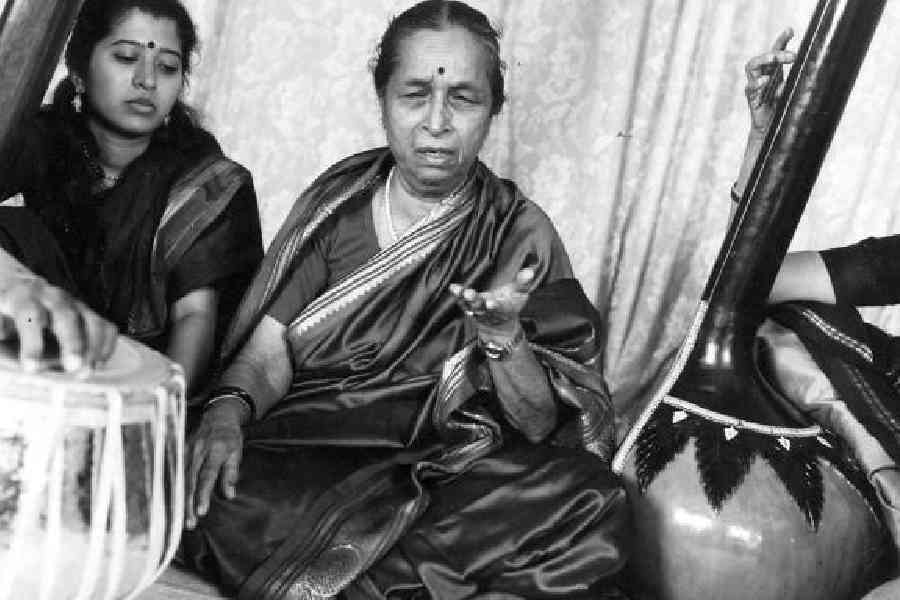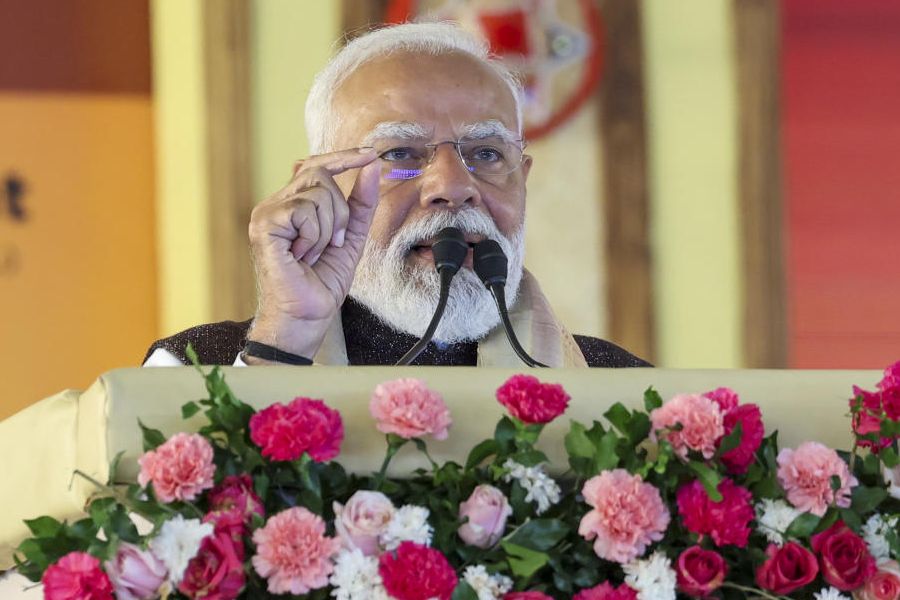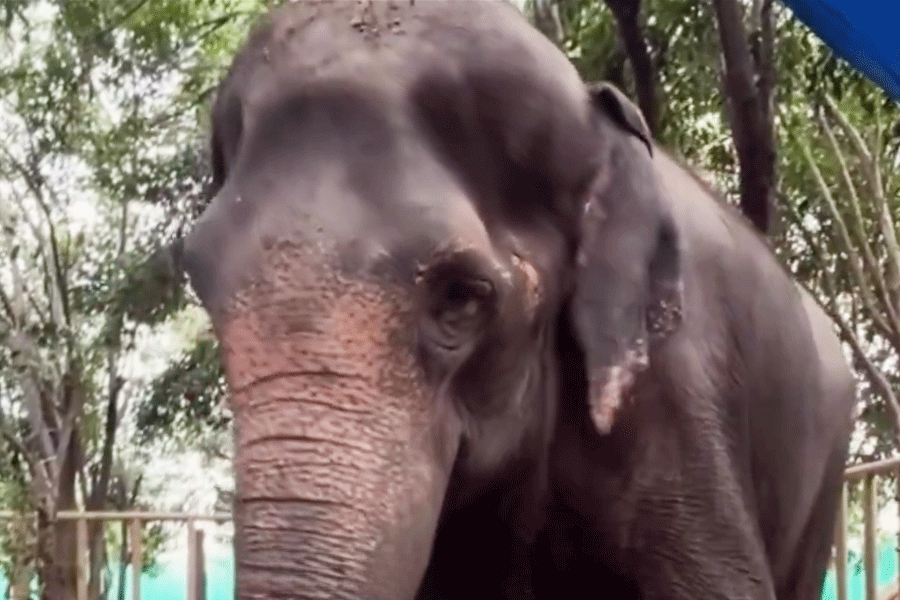Book- A LIFE IN THREE OCTAVES: THE MUSICAL JOURNEY OF GANGUBAI HANGAL
Author- Deepa Ganesh,
Published by- Westland,
Price-₹499
When Gangubai Hangal (1913-2009) began to perform, she seemed to undergo a magical transformation. Sparrow-like her build may have been, but she sounded like the ocean’s roar. How could that majestic, deep and sonorous sound emanate from a vessel so small and frail?
After a tonsillectomy in her late 30s, her mellifluous voice lost its delicate timbre and turned bass and masculine. Although she was taunted for this, what her voice had lost by way of charm, it gained by way of splendour and gravity. That made her devote her immense talents to exclusively singing the khayal, although earlier she had recorded lighter forms and had even appeared in a film.
This change would be quite evident even to laypersons if one were to listen to the double album of CDs brought out in her honour after her death. Gangubai’s youthful and feminine voice of the 1930s, when she sounds uncannily like her immensely gifted daughter, Krishna, had turned robust, muscular yet pliable in the recordings of the 1960s. But as Deepa Ganesh writes: “If Abdul Karim Khan was accepted with his melodious, womanly voice texture, why should a male voice be an obstacle for Gangubai?” Indeed it was not, and she blossomed into one of India’s leading vocalists.
At a time when women performers were looked down upon, Gangubai steadfastly pursued her training in music, braving jibes and derisive remarks with utmost fortitude and devotion to her guru, Pandit Sawai Gandharva, one of the foremost disciples of Ustad Abdul Karim Khan. In spite of the punishing and tiresome routine of his training, Gangubai’s attitude was uncompromising and she established herself as the only purist practitioner of the Kirana gharana, unlike her gurubhai, Bhimsen Joshi, whose catholicity gave him free rein to seek inspiration elsewhere. Despite her eminence as a musician, she did not have the airs of a diva and remained simple to the last.
Ganesh’s book is a deeply-personalised and touching account of the life and the music of Gangubai. Ganesh had established a close relationship with both the great vocalist as well as her extended family, all of whom lived under one roof and depended entirely on her income. Gangubai was indifferent towards money matters and faced financial problems at the end of her life.
Ganesh not only recounts Gangubai’s life story but also describes the milieu into which she was born. Records were all the rage then and Gangubai grew up listening to these popular recordings at Dharwad where she was born. Soon, radios would play an important role in moulding popular tastes. At the same time, the freedom struggle was intensifying and Gangubai was deeply influenced by Gandhiji. Her life and music were steeped in tradition but she found herself on the cusp of modernity and was a pathbreaker as a female performer.
Gangubai belonged to a family of devadasis and both her grandmother, Kamlabai, as well as her mother, Ambabai, were well-known performers of Carnatic music. Yet in keeping with her inclination, Gangubai was groomed as a Hindustani classical musician. In her early life, she cowered in shame as she belonged to a low caste. As Ganesh writes: “… she silently but steadily steered her life away from traditional devadasi practices.” Doughty as she was, it sounds amusing that Gangubai, who was nominated as a member of the legislative council in 1993-94, had objected to the Miss Universe contest being organised in Bangalore. Perhaps she could never forget the stigma attached to her profession.
Ganesh’s book is informative enough, but it demands tighter editing. In fact, the entire book cries out for blue pencilling. Surely, the great singer deserves a well-articulated tribute.











